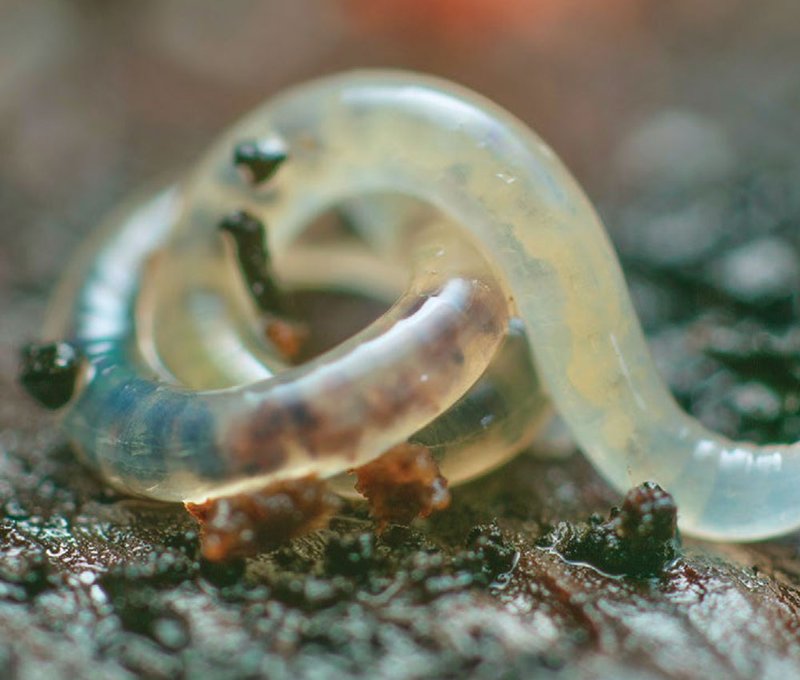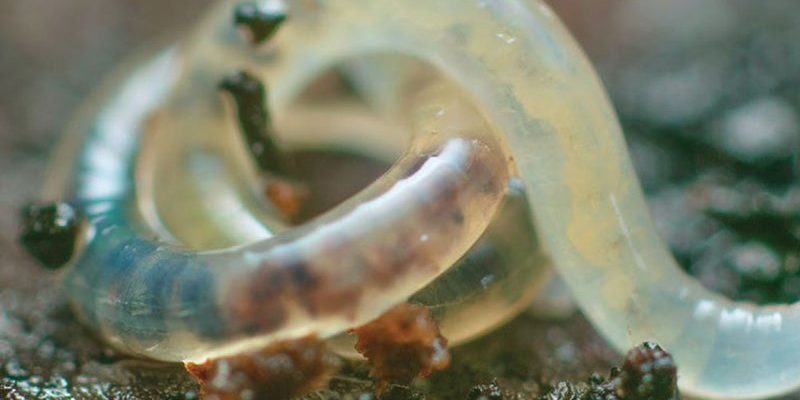
Enchytraeids belong to a group of worms that can be found in various environments, from forests to gardens. They’re typically smaller than earthworms, with some species measuring only a few millimeters long. If you picture a worm, you might think of something thick and hefty. Instead, envision a delicate, slender strand that’s busy doing important work beneath our feet. While most of us may not interact with them directly, understanding enchytraeids can give us insights into soil health and the larger ecosystem.
What Exactly Are Enchytraeids?
Enchytraeids, also known as pot worms, are tiny annelid worms that mainly live in moist soil. They belong to the family Enchytraeidae and are closely related to earthworms. The name “enchytraeid” comes from the Greek words “en” meaning “in” and “chytra” meaning “pot,” which hints at their habitat preferences—they often like to make their homes in compact, organic-rich soils.
These little worms range in colors from white to pale yellow, which helps them blend into their environment. They thrive in a variety of habitats, including gardens, forests, and even compost piles. Honestly, you might not see them easily since they’re often buried deep, working hard to break down kitchen scraps and other organic materials. Their primary diet consists of decaying plant matter, fungi, and bacteria. In this way, they help keep the soil nutrient-rich and promote healthy plant growth.
Physical Characteristics
One of the most striking features of enchytraeids is their size. Most species are just a few millimeters long, making them significantly smaller than their earthworm relatives. Their bodies are typically slender and segmented, which allows for smooth movement through the soil. Another interesting aspect is their ability to regenerate. If they lose a segment due to predation or injury, they can often grow it back. This trait keeps them resilient in their underground world.
Though you might not consider worms to be graceful, enchytraeids have a sort of elegance about them. Their streamlined bodies allow them to glide through the soil, redistributing nutrients as they go. It’s a bit like a natural plow, turning over soil while they eat and excrete, enriching their surroundings. For the keen observer, spotting these tiny worms can feel like finding treasure in a garden bed or compost heap.
The Role of Enchytraeids in Ecosystems
You might be wondering, “Why should I care about these tiny worms?” Well, enchytraeids play a vital role in the ecosystem. They contribute significantly to soil structure and fertility, making them essential for healthy plant systems. As they consume organic matter, they break it down into smaller particles, which helps in the nutrient cycling process.
These worms are particularly important in composting systems. When you throw your kitchen scraps into a compost bin, it’s not just Earth’s version of the top chef; it’s a buffet for enchytraeids. Their digestive processes help decompose the materials more efficiently, speeding up the composting process. This means you get rich, fertile compost faster for your garden.
Moreover, enchytraeids serve as a food source for various organisms like birds, small mammals, and even larger soil-dwelling creatures. In this way, they’re part of a larger food web, linking soil health to overall ecosystem health. Without these little workers, soil would become compacted and less fertile, making it harder for plants to grow.
Enchytraeids and Soil Health
Healthy soil is a cornerstone of our environment, and enchytraeids are a key player in keeping soil vibrant. They help maintain soil structure by creating spaces for air and water to penetrate, which fosters better root growth for plants. Their activities also promote microbial diversity by feeding on bacteria and fungi in the soil, which further supports nutrient cycling.
When soil is healthy, it can better support plant life. This connection between enchytraeids and plant growth is important for anyone interested in gardening or agriculture. If you’ve got these little guys in your soil, it’s a sign that your garden is thriving and balanced. You can think of them as tiny indicators of good health in your soil ecosystem.
How to Support Enchytraeid Populations
If you want to promote enchytraeid populations in your garden or landscape, there are several easy ways to do that. Here’s the thing: creating an environment that supports these tiny worms can lead to healthier soil and, ultimately, healthier plants.
First, you can focus on adding organic matter to your soil. This can be done through composting or simply adding mulch or well-rotted leaves. As you create a rich environment for these worms, you’ll be helping to sustain their populations. Additionally, consider reducing the use of synthetic fertilizers and pesticides. These chemicals can harm the delicate balance in your soil and negatively impact enchytraeid populations.
Another tip is to practice no-till gardening or minimal soil disturbance. Tilling can disrupt the habitats of these little worms, so keeping your soil undisturbed allows them to thrive. By making these small changes, you can create a welcoming home for enchytraeids and, in turn, support a healthier garden ecosystem.
Common Misunderstandings About Enchytraeids
Even though enchytraeids are important, they often get confused with other soil-dwelling creatures. For example, while they are similar to earthworms, they have distinct differences. Earthworms usually prefer drier soils, while enchytraeids are more tolerant of moisture and often thrive in wetter conditions.
Some people might also think that these tiny worms are just pests or nuisances in the garden. However, their role in breaking down organic matter and enriching the soil is crucial. Understanding their value can help shift perspectives about these little creatures.
Lastly, since enchytraeids are so small, they might be overlooked in discussions about soil health. This leads to the misconception that only larger organisms, like earthworms, matter. But recognizing the contributions of enchytraeids is key to a complete view of soil ecosystems. They’re like the background musicians of the soil world, quietly creating harmony while the larger performers take the spotlight.
Enchytraeids might be small, but their impact on our ecosystems is anything but minor. From supporting soil health to contributing to nutrient cycling, these tiny worms play a crucial role in the balance of nature. As gardeners, naturalists, or simply curious humans, understanding enchytraeids helps us appreciate the intricate relationships that sustain life beneath our feet.
So, the next time you dig in your garden or stumble upon a compost pile, take a moment to appreciate the hidden world of enchytraeids. By nurturing them and understanding their contributions, we can support a healthier, more vibrant ecosystem. After all, every tiny creature has its part to play in the grand story of nature.

